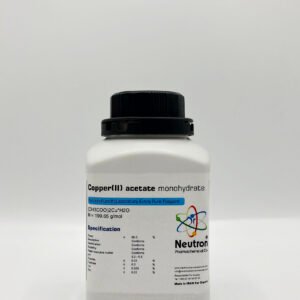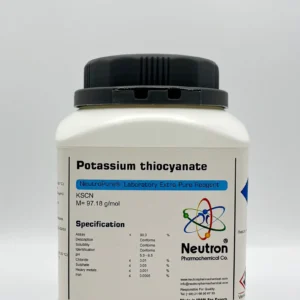Ammonium hydrogen difluoride
| Formula | F2H5N |
| Chemical formula | (NH4)HF2 |
| Molar mass | 360.32 g/mol |
| Density | ~750 kg/m3 |
| CAS number | 1341-49-7 |
| HS Code | 28261100 |
| EC number | 215-676-4 |
| Storage | Without limitation |
| SDS | available |
| R phrase | R 25-34 |
| S phrase | S 22-26-37-45 |
| Odour | pungent |
| Form | solid |
| Color | white |
| p H | 2 (5.7g/l 20 °C ) |
| Solubility in water | 630 g/l(20 °C) |
| Solubility in ethanol | solublel(20 °C) |
| Boiling point | 230 °C |
| Melting point | 126 °C |
| Vapour pressure | 1 hPa |
| Thermal decomposition | >230°C |
| Assay | ≥ | 95 | % |
| Description | Conforms | ||
| Identification | Conforms | ||
| Solubility | Conforms | ||
| Chloride | ≤ | 0.05 | % |
| Hexafluorosilicate | ≤ | 0/3 | % |
| Heavy metals | ≤ | 0/03 | % |
| Iron | ≤ | 0/01 | % |
| Water | ≤ | 4 | % |
Ammonium hydrogen difluoride is a highly corrosive, inorganic compound that appears as a white, hygroscopic crystalline solid. It is primarily used in industrial applications such as glass etching, metal cleaning, and surface treatment due to its ability to release hydrofluoric acid upon contact with water.
🏭⚗️ Production
Ammonium hydrogen difluoride is produced by the reaction of ammonia (NH₃) with hydrofluoric acid (HF) under controlled conditions. The reaction yields a solid salt, which is then crystallized and dried to obtain the final product.
🔬 Properties
Ammonium hydrogen difluoride has the chemical formula NH₄HF₂ and a molar mass of approximately 57.04 g/mol. It is a white, odorless, crystalline substance that is highly soluble in water. When dissolved, it forms a solution containing free hydrofluoric acid, which makes it extremely corrosive. It is thermally unstable and decomposes at elevated temperatures, releasing toxic and corrosive gases.
🧪 Applications
Ammonium hydrogen difluoride is primarily used in the glass industry for etching and frosting glass surfaces. It is also employed in metal cleaning, surface treatment of stainless steel, and in the semiconductor industry for controlled etching processes. Additionally, it serves as a component in some rust removers and industrial cleaning agents.
⚠️ Safety
Ammonium hydrogen difluoride is highly toxic and dangerous due to the release of hydrofluoric acid, which can cause severe burns, tissue damage, and systemic toxicity even in small amounts. It can be harmful by inhalation, ingestion, or skin contact. Strict safety measures, including the use of chemical-resistant gloves, eye protection, and proper ventilation, are essential when handling this compound. It must be stored in tightly sealed, corrosion-resistant containers, away from moisture, acids, and incompatible materials.





